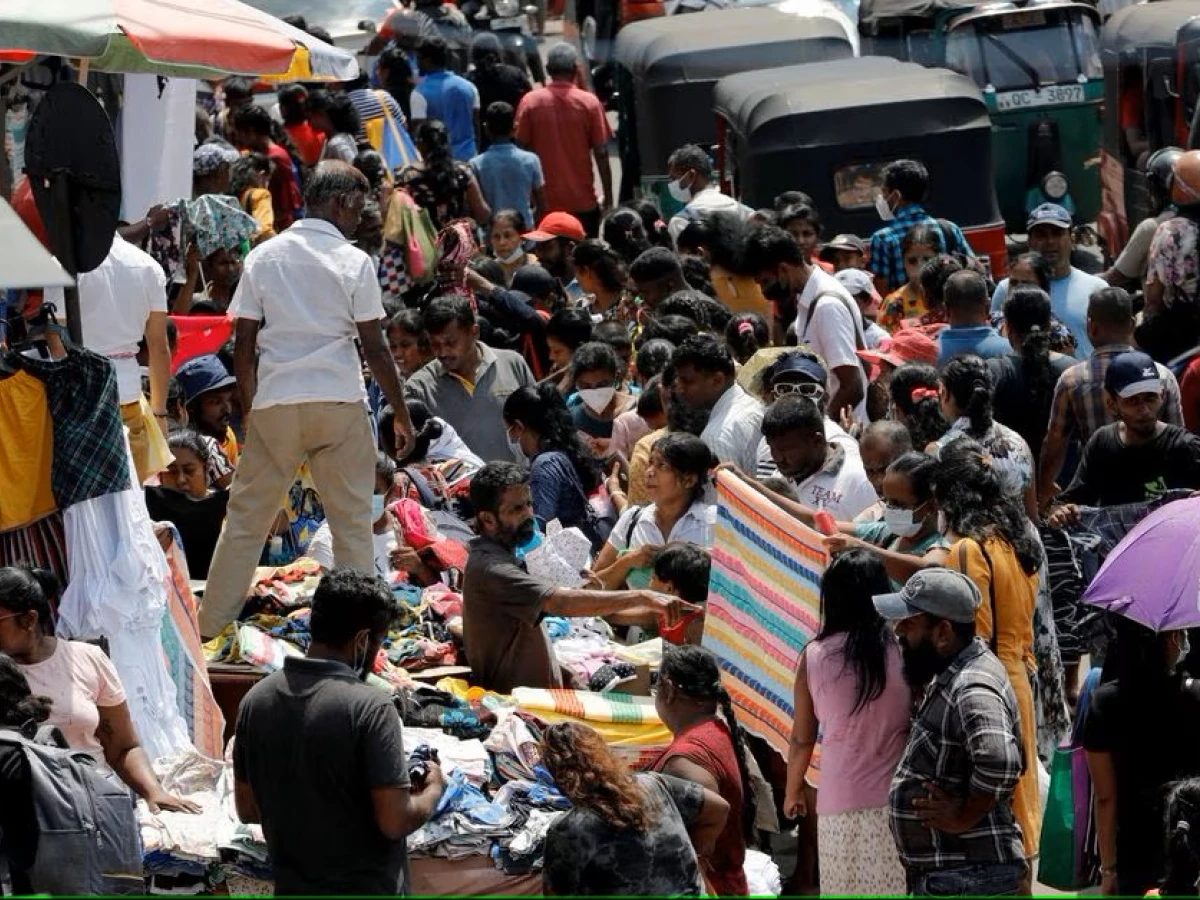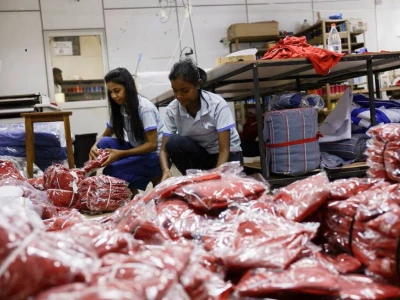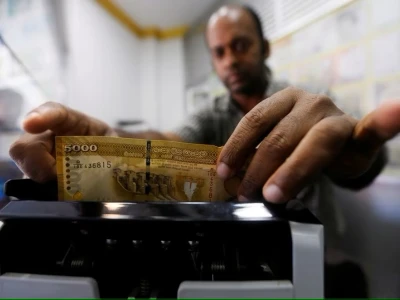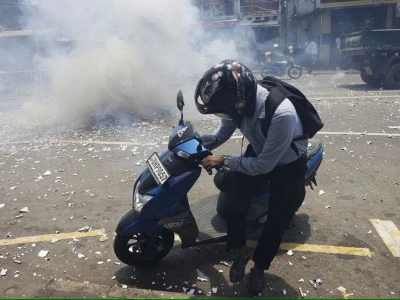
Fortune teller sees bleak future as Sri Lankans celebrate new year
Sri Lanka secured an IMF bailout last month but is still ironing out how to restructure debt.
PAMUNUWA, April 11 (Reuters) - Fortune teller Andara Maanage Chandani, who runs a small shrine at her home near Colombo, says she used to make enough money to buy clothes for all eight members of her family every Sri Lankan New Year, which falls this week.
This time, Chandani says she has managed to buy bottoms for only three of her five children and nothing for herself, her husband who helps out with her work, and her dependent father.
Her income has halved but expenses doubled, as the island struggles with its worst economic crisis in more than seven decades, though the International Monetary Fund's recent commitment to give the country about $3 billion over four years could start easing the pain.
"I've bought clothes to cover the bottom half for three. I'm thinking how to get the rest," said Chandani, 49, sipping a citrus drink by the bustling street of Pamunuwa neighbourhood clogged with shoppers seeking bargains.
"Everything is costlier. Food, clothes, electricity and water bills, but incomes are lower. Everyone is struggling."
About 85% of Sri Lanka's 22 million population celebrate the New Year on April 14, observing auspicious times and visiting family. Gifting new clothes and sweetmeats is a key part of the celebrations.
But since the start of the economic crisis from March last year, Chandani says her income has fallen to about 50,000 rupees ($160) a month. Her eldest son is a part-time bouncer at a club and the only other earner in the family.
"I'm only focused on buying essentials now," she said. "Once or twice a week I'll buy fish and a bit of chicken for the kids."
Sri Lanka's economic meltdown, triggered by a severe foreign exchange shortage, low tax revenues and high debt, has seen the cost of living soar.
Inflation climbed to 50.3% in March, while food inflation hit 47.6% and clothing and footwear 73.7%.
Sri Lanka secured an IMF bailout last month but is still ironing out how to restructure debt owed to bilateral creditors and bondholders.
The country's economy shrank 7.8% in 2022 and the World Bank forecasts another 4.3% contraction this year.
Hinduma Vithanage, owner of clothing wholesaler Abee Tex, said his sales were the worst in his nearly 25 years in the business. He employs 13 people and is struggling to stay afloat.
"This time we've only done half our usual sales," he said. "People simply cannot afford to buy new things even for the season."
A dress that sold for about 900 rupees last year now costs 2,000, he said. His power bill has jumped 29,000 rupees per month to 105,578 now after big increases in tariffs. Rent is up 70%.
Fortune teller Chandani hopes things will improve in the new year. "But I don't think they will," she said.




